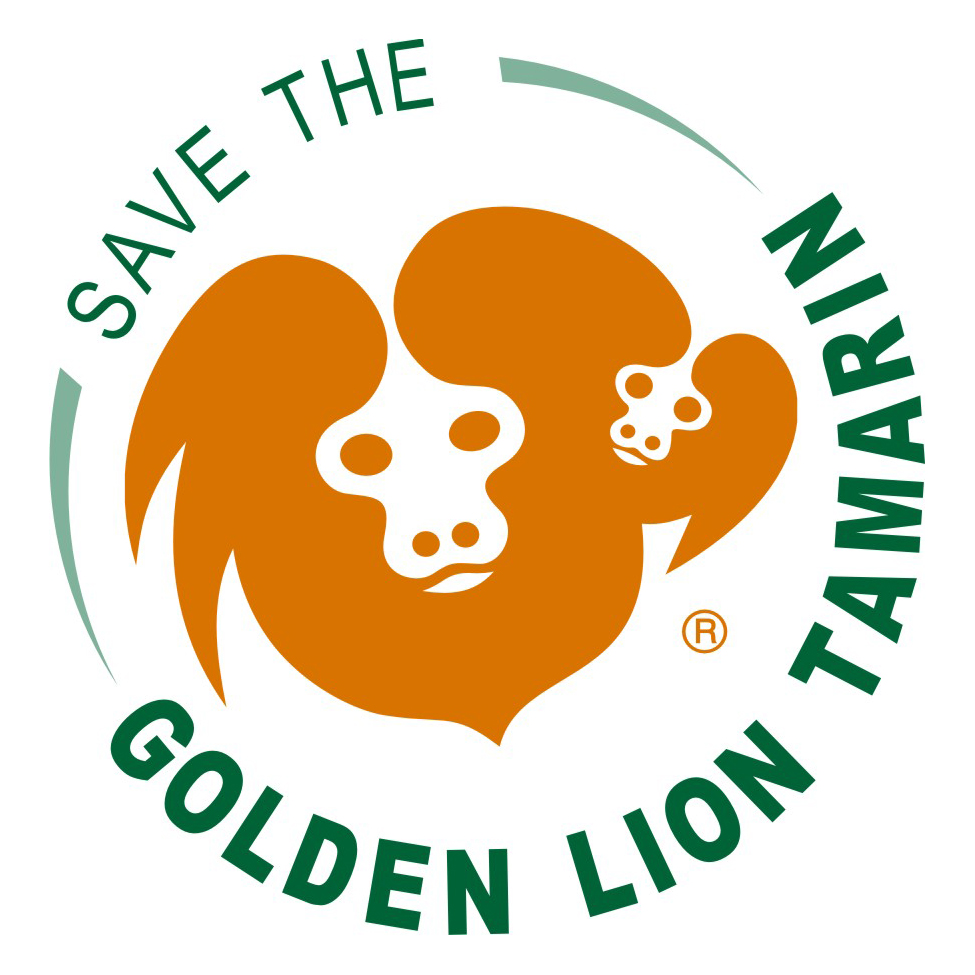Yellow Fever hits Golden Lion Tamarin population
6 June 2018
MEDIA RELEASE by SAVE THE GOLDEN LION TAMARIN
(contact@savetheliontamarin.org)
Yellow Fever hits Golden Lion Tamarin population in Rio de Janeiro’s Atlantic Forest
Brazil’s Associação Mico-Leão-Dourado (AMLD; Golden Lion Tamarin Association), along with the Brazilian Ministry of Health and Ministry of the Environment reported that the first confirmed death of a Golden Lion Tamarin (GLT) to yellow fever occurred on 17 May 2018. Until this report we did not know if GLTs were susceptible to the disease. Our main concern is that this disease has the potential to reduce significantly an already small and fragmented GLT population. The continued existence of an assurance population of GLTs in captivity is an essential safeguard for species survival.
Yellow fever was unknown in our area during the four decades of our work. The current outbreak of yellow fever began in Minas Gerais state in December 2016, and quickly spread to Rio de Janeiro state. The first human deaths in Rio de Janeiro state occurred in Casimiro de Abreu municipality, which is the center of the GLT geographic distribution. In 2017, a few howler monkeys were reported to have died due to yellow fever in Macaé, Rio de Janeiro state, but we received no reports of affected GLTs. By July 2017, human cases of the disease diminished as drier weather reduced mosquito numbers. With the return of the rainy season in December 2017, the disease increased with a vengeance. The fact that winter has just started in the region is positive for the moment, due to the reduction in the number of mosquitos, but the disease cycle may continue for years.
In 2018, AMLD found dead howler monkeys in Casimiro de Abreu municipality, and three GLTs were reported killed by misinformed people who thought that nonhuman primates spread the disease. In fact, monkeys sick with yellow fever serve as early warning of a potential human epidemic and can point health officials to priorities for vaccination of human populations.
Yellow fever is a virus that affects humans, nonhuman primates, and several species of mosquitoes. The disease is lethal in about 20-50% of infected persons and has resulted in the deaths of 331 people and an estimated 4,400 nonhuman primates in Brazil in recent months.
Yellow fever is not endemic to Brazil and thus Brazilian monkeys have not developed resistance to it. Yellow fever is thought to have originated in Africa and first appeared in Brazil in 1685. There is speculation that the disease and mosquito vector spread to Brazil as a result of the slave trade, which ended in Brazil in 1888. More information on yellow fever in Brazil is available here: https://www.nytimes.com/2017/05/02/world/americas/brazil-yellow-fever-monkeys.html
A safe and effective vaccine provides people with lifelong immunity against the disease. Mass vaccination reduces human cases but cannot eliminate the disease because some female mosquitoes pass the virus on to their eggs. A vaccine for nonhuman primates does not yet exist, but trials are underway.
WHAT AMLD IS DOING TO REDUCE THE IMPACT OF YELLOW FEVER ON GLTS
In 2017 and 2018, AMLD and partners, including federal authorities, specialists in yellow fever, representatives from national and international zoos, and Brazilian health authorities developed a strategy and action plan to mitigate the threat of yellow fever to GLTs. Components of the strategy include:
- Continuous monitoring of the GLT metapopulation to detect threats including diseases such as yellow fever.
- Collaborating with local health officials to ensure near 100% vaccination of people in the region. AMLD staff provided transportation to the local health department to deliver vaccine to people in rural areas far from urban centers.
- Informing the local public how and why to get vaccinated.
- Informing the local public that GLTs are victims of yellow fever and do not transmit the disease to humans. The objective is to avoid attacks on GLTs by misinformed local people.
- Participating in a network exchanging current information on yellow fever, including the Ministry of Health, Ministry of the Environment (Brazilian Primate Center), State and Municipal Health Departments and Fiocruz (a public research institute).
